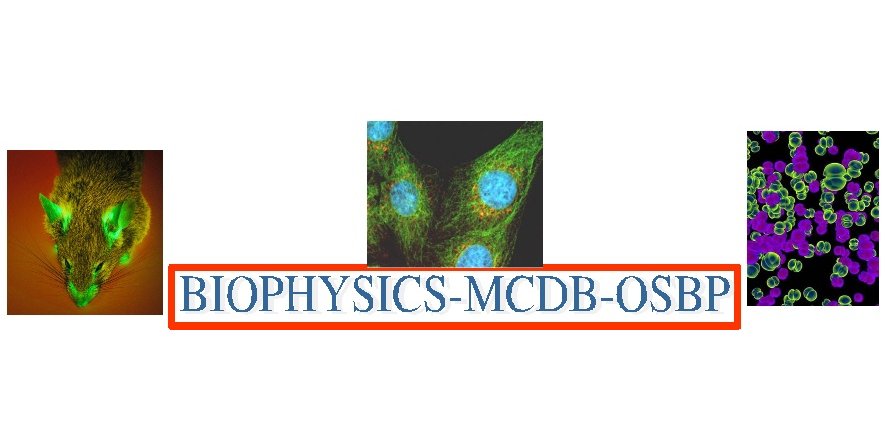Interdisciplinary Graduate Programs Symposium

2010 OSU Molecular Life Sciences
Interdisciplinary Graduate Programs Symposium

Talk abstracts
Abstract:
The human MutS homologs (MSH), hMSH2 and hMSH6, form a heterodimer (hMSH2-hMSH6) that plays a central role in mismatch repair (MMR). hMSH2-hMSH6 recognize mismatched nucleotides generated by misincorporation during DNA replication as well as lesions generated by spontaneous and chemical-induced DNA damage. Mutations in the hMSH2 or hMSH6 genes result in susceptibility to the common cancer predisposition syndrome, Hereditary Non-Polyposis Colorectal Cancer (HNPCC).
Mismatches and lesions that are recognized by hMSH2-hMSH6 arise within chromosomes that are a complex mixture of DNA and protein (chromatin). The fundamental unit of chromatin is the nucleosome which consists of ~146 bp of DNA wrapped twice around a histone octomer containing two H2A-H2B dimers and an H3-H4 tetramer. We have been examining the biophysical effect of chromatin on MMR processes, as well as the effect of post-translational modifications that decorate the human histones.
We have developed a mismatched DNA substrate containing a single well-defined nucleosome. We demonstrate that hMSH2-hMSH6 can catalyze the displacement of a nucleosome adjacent to a mismatch. In addition, we have constructed nucleosomes containing acetylations (ac) of the histone H3(K115), H3(K122), and H3(K56) by a semi-synthetic intein-based strategy. We find that hMSH2-hMSH6 displacement is considerably enhanced when nucleosomes contain H3(K115ac), H3(K122ac), and H3(K56ac). Lys->Gln substitution mutations of H3(K115), H3(K122), and H3(K56), which are used to mimic Lys acetylations, also enhance nucleosome displacement. We find that hMSH2-hMSH6 nucleosome displacement is dependent on the Nucleosome Positioning Sequence (NPS). hMSH2-hMSH6 nucleosome displacement is enhanced with the 5S rDNA positioning sequence whereas the displacement of the nucleosome is significantly inhibited by the nonphysiological 601 and MP2 positioning sequences. hMSH2-hMSH6 also catalyzes the displacement of nucleosomes which contain a mismatch within the 5S rDNA NPS. This displacement is enhanced when the nucleosomes contain H3(K115ac,K122ac) compared to unmodified nucleosomes. These results highlight that nucleosome displacement by hMSH2-hMSH6 is highly dependent on the NPS, post-translational modifications, and/or mimics.
Keywords: Mismatch Repair, Chromatin, Cancer